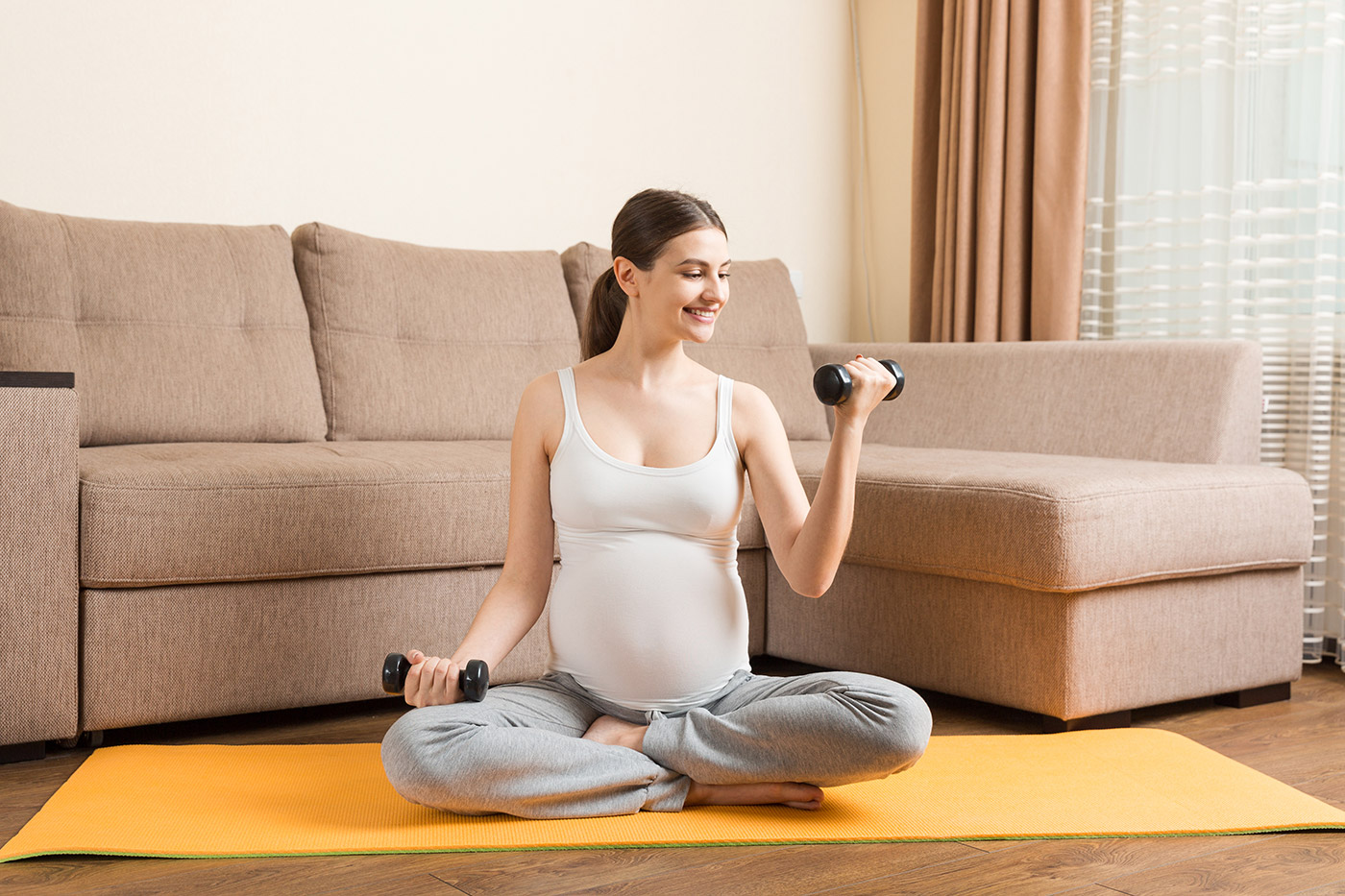Staying active is a vital part of maintaining good health at any stage of life—including during pregnancy. While it was once believed that expectant mothers should limit physical activity, current research shows that exercise can benefit both the mother and her developing baby.
By MTT Team
Most healthcare providers now recommend that women continue to stay active once pregnancy is confirmed, though the type and intensity of exercise may vary depending on the individual’s condition and prior fitness level.
OB-GYN experts advise on the kinds of physical activity that are safe during pregnancy and highlight the benefits for both mom and baby.
Which Exercises Are Safe While Pregnant?
Many forms of physical activity are considered safe and even beneficial during pregnancy, such as:
- Walking
- Swimming or water-based exercise classes
- Stationary biking
- Prenatal Pilates or yoga
- Stretching
- Running or jogging (if already part of your routine)
- Racquet sports (if you were already playing before pregnancy)
It’s a good idea to begin every workout with at least five minutes of light stretching or warming up. As pregnancy progresses and fatigue becomes more noticeable, you may need to shorten or modify your workouts. Always consult your healthcare provider to ensure your chosen activities are appropriate for your stage of pregnancy.
Which Exercises Should Be Avoided?
Certain activities carry risks during pregnancy and should be avoided. These include any form of hot exercise, like hot yoga or hot Pilates, as they may raise your body temperature beyond safe levels—similar to the concerns with hot tubs or saunas.
You should also avoid contact sports or those with a high risk of falls or injury, such as:
- Kickboxing
- Soccer
- Skydiving
- Outdoor cycling
- Horseback riding
- Snow and water skiing
- Scuba diving
In the later months of pregnancy, your balance and coordination may change, so it’s wise to steer clear of activities that rely heavily on those skills.
How Does Exercise Affect Your Pregnancy?
Engaging in regular physical activity during pregnancy can offer numerous benefits for both mom and baby. According to a 2023 study published by the National Institutes of Health, exercise during pregnancy is linked to a lower risk of:
- Macrosomia (very large babies)
- Gestational diabetes
- Preeclampsia (pregnancy-related high blood pressure)
- Cesarean section deliveries
- Low back pain
- Urinary incontinence
Exercise also supports healthy weight gain during pregnancy and may aid in postpartum weight loss. On the other hand, being sedentary during pregnancy can lead to complications such as obesity or deep vein thrombosis, a potentially dangerous condition involving blood clots.
Can You Do Squats and Lift Weights While Pregnant?
Absolutely. Squats can help maintain lower body strength and improve mobility. They also promote better posture and may even make labor and delivery easier. Squats can be effective with or without added weights—just be sure to use proper form and avoid straining.
Is It Safe to Work Out During the Third Trimester?
Yes, most women can safely continue to exercise into their third trimester (weeks 28–42). Physical activity can actually help ease some of the discomforts that come with this phase of pregnancy. That said, it’s important to listen to your body. Stop exercising if you experience dizziness, shortness of breath, or pain in your back or pelvic region.
Safe third-trimester exercises include:
- Walking
- Swimming
- Prenatal yoga
- Pilates
- Pelvic floor exercises (Kegels), which strengthen the muscles that support your bladder, bowel, and vagina. These exercises involve tightening and relaxing the pelvic floor, much like trying to stop the flow of urine.
Can You Engage in Intense Exercise While Pregnant?
If you’re a high-performance athlete or regularly engage in intense training, you can often continue your routine during pregnancy—provided there are no complications. However, even seasoned athletes should avoid pushing through exhaustion, as it could negatively impact the baby. Always consult your OB-GYN to determine what level of intensity is safe for you.
When Can You Resume Exercise After Giving Birth?
If your pregnancy and delivery were uncomplicated and you had a vaginal birth, you may be able to resume light activity just a few days postpartum. Walking and gentle yoga can be good ways to start.
If you had a C-section or experienced complications during delivery, it’s essential to get medical clearance from your OB-GYN before returning to any form of exercise.
